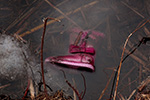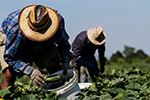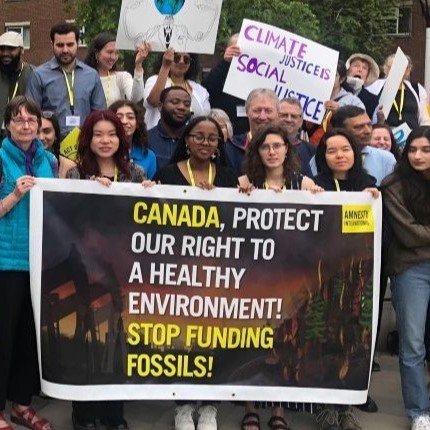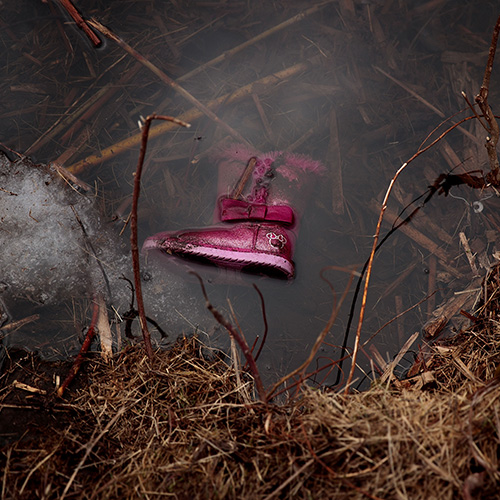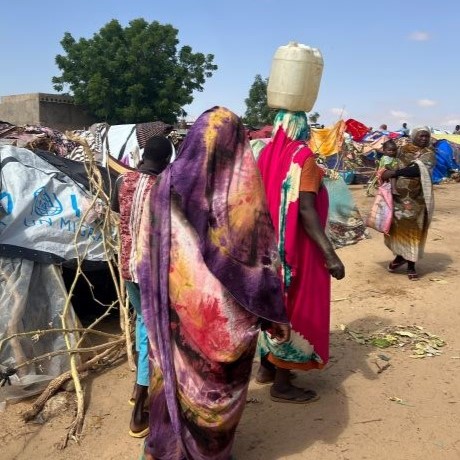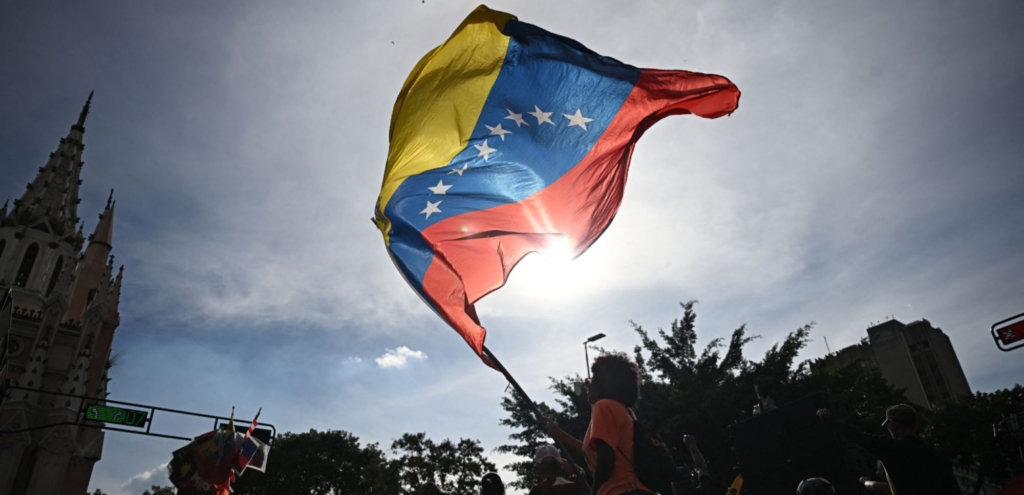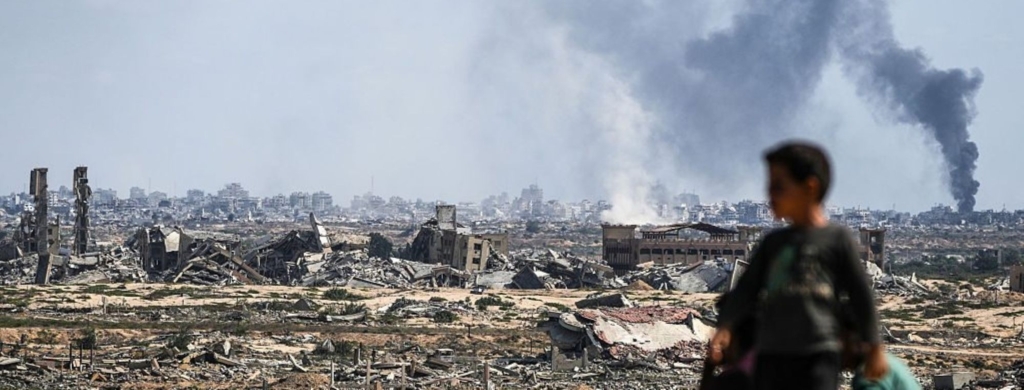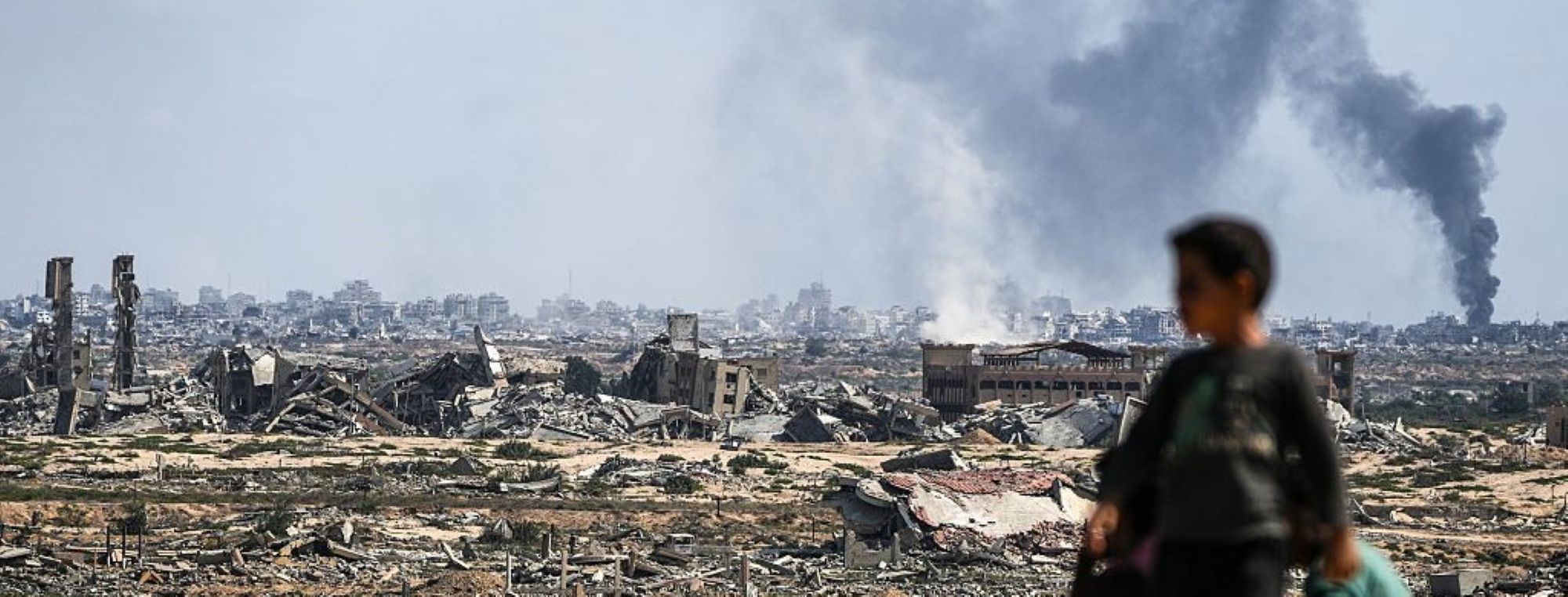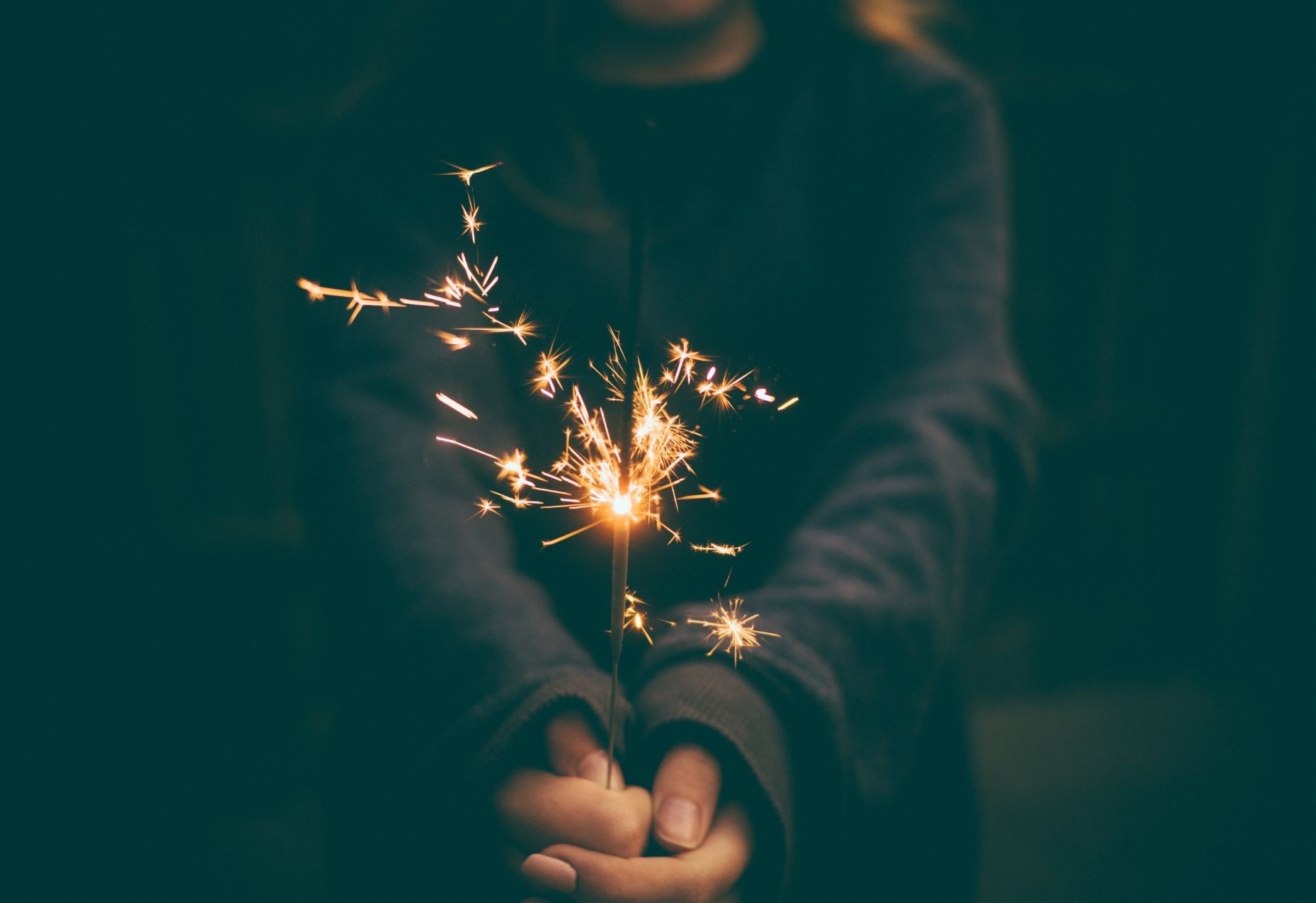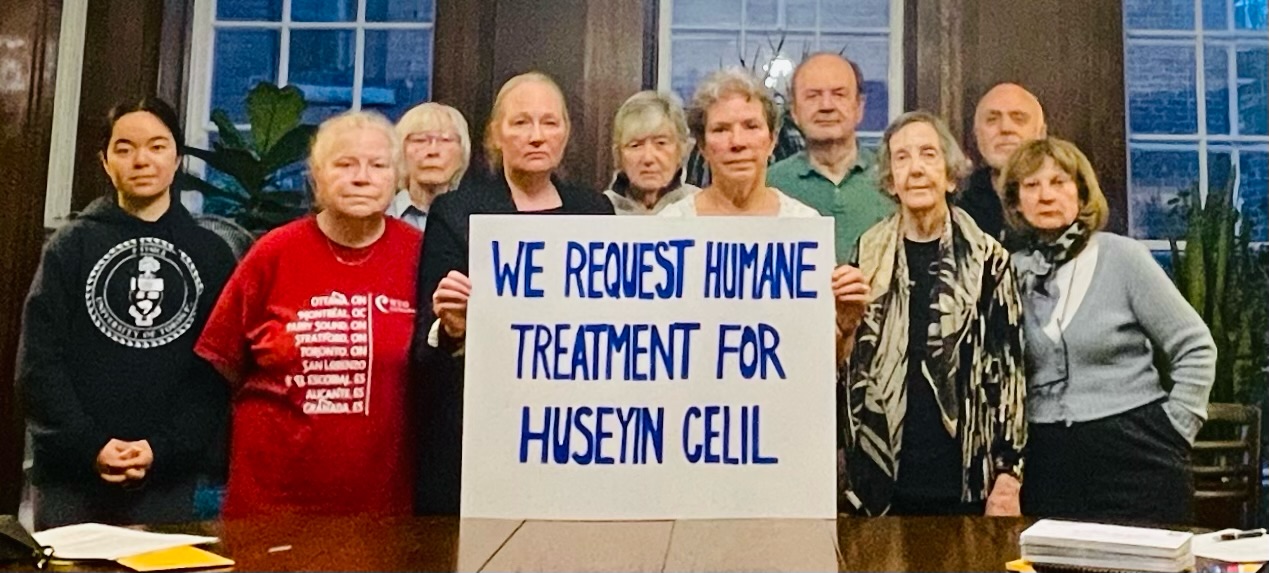In almost two weeks of travel in the Peace River region and up to Fort Nelson, British Columbia, we’ve had the privilege of spending time with many inspiring activists and leaders. And we’ve been moved, and often angered by stories of abuse and indifference that have been shared with us by families of missing and murdered women and by women and girls who have experienced horrific violence in their own lives.
But one of the richest experiences of this visit was the opportunity earlier this week to travel with elders from the Doig River First Nation to K’iht saa?dze, the area they’re trying to protect for future generations as a tribal park.
 Elder Margaret Davis calls K’iht saa?dze a healing place. “Our people, a long time ago, we used to camp up here every summer. This is where we taught our kids about our culture and how to live off the land.” Today, Margaret says, “When something goes wrong and we feel really down, we come up here and spend all day. It’s a healing place for us.”
Elder Margaret Davis calls K’iht saa?dze a healing place. “Our people, a long time ago, we used to camp up here every summer. This is where we taught our kids about our culture and how to live off the land.” Today, Margaret says, “When something goes wrong and we feel really down, we come up here and spend all day. It’s a healing place for us.”
To get to K’iht saa?dze, we drove by sprawling farm fields and landscapes dotted with oil wells or criss-crossed with pipelines, and by countless roads often sealed off to be accessed only by industry. In contrast, although there has been some logging and other development in K’iht saa?dze, the area has been largely protected.
“As long as I can remember, we’ve depended on K’iht saa?dze,” said Sam Acko. “There’s medicine we use  from K’iht saa?dze that we can’t find anywhere else except here. Then there’s different kinds of trees that we can find here like balsam. In the past, there’s been disturbances like the road here and some logging on the south side. What we’re saying is, that’s enough.”
from K’iht saa?dze that we can’t find anywhere else except here. Then there’s different kinds of trees that we can find here like balsam. In the past, there’s been disturbances like the road here and some logging on the south side. What we’re saying is, that’s enough.”
Led by the community elders, the Doig River First Nation issued a statement in 2011 declaring 90,000 hectares of land spanning the Alberta- British Columbia border as protected tribal park.
The people of Doig River want to see an end to new leases being granted in the park, existing operations gradually phased out, and the environment restored.
 The park land is part of their traditional territory, and protected by Treaty 8, but is outside their reserve boundaries. Doig River First Nation has been able to convince a number of companies to withdraw from the park, but the provincial governments of BC and Alberta continue to resist the idea of declaring the area off limits to further oil and gas development.
The park land is part of their traditional territory, and protected by Treaty 8, but is outside their reserve boundaries. Doig River First Nation has been able to convince a number of companies to withdraw from the park, but the provincial governments of BC and Alberta continue to resist the idea of declaring the area off limits to further oil and gas development.
Elder Tom Attachie said, “What we want to do, they won’t let us. That’s wrong. It’s our land. We want to keep this K’ihtsaa?dze for the next generation.”
During our time in the region, we’ve learned not only about the many ways in which the rights of Indigenous peoples have been violated, over many decades and into the present day, but also about the innovative steps being taken by many First Nations and organizations to help undo these harms and protect their rights for future generations. K’iht saa?dze Tribal Park is a particularly clear and concrete illustration of the fact that when Indigenous peoples say no to particular development projects, they are often doing so because they have an alternative vision they are working toward, based on their own values and needs.
 Sam Acko said, “A spiritual place like this shouldn’t be disturbed like that. What we’re fighting for now is our grandkids and their grandkids futures.”
Sam Acko said, “A spiritual place like this shouldn’t be disturbed like that. What we’re fighting for now is our grandkids and their grandkids futures.”
Follow us on Twitter at @AI_WomenRights and @Craig_Benjamin. #AIPeaceVisit.










